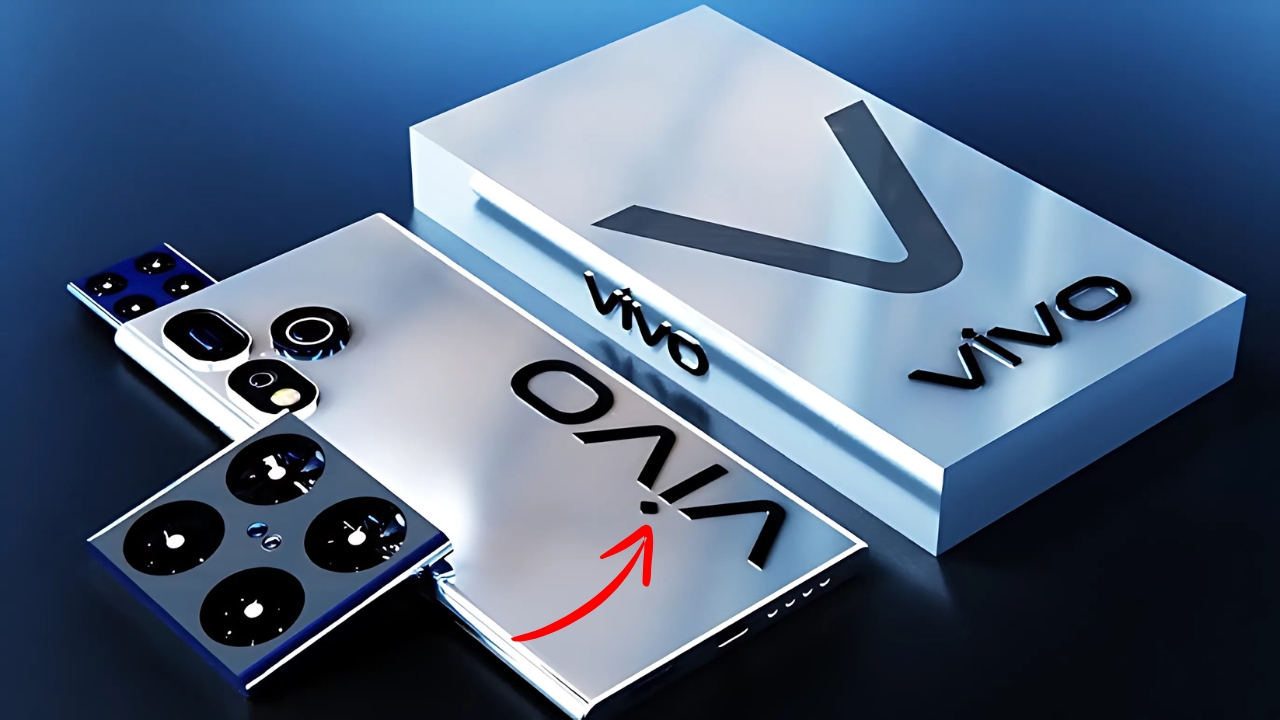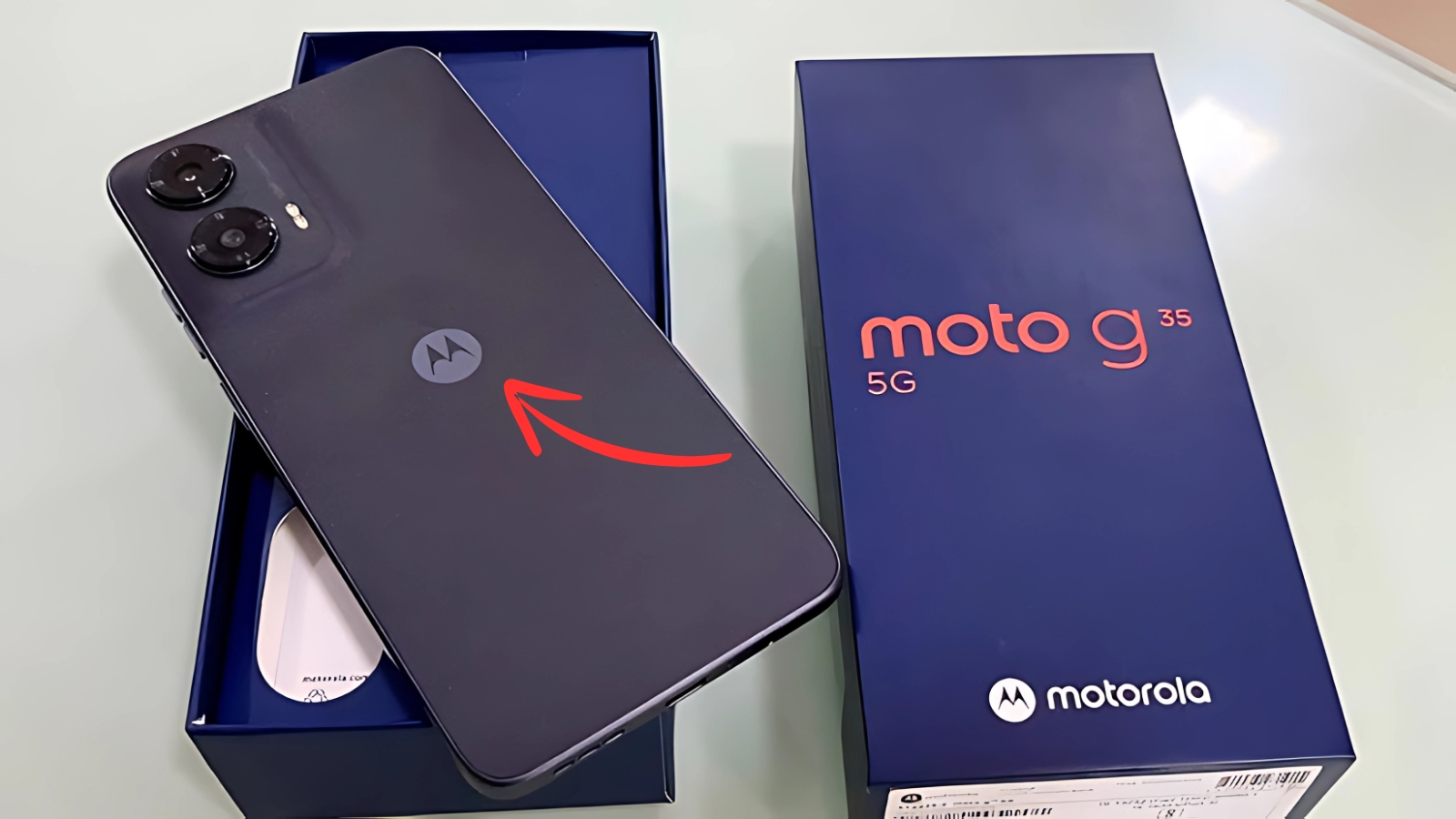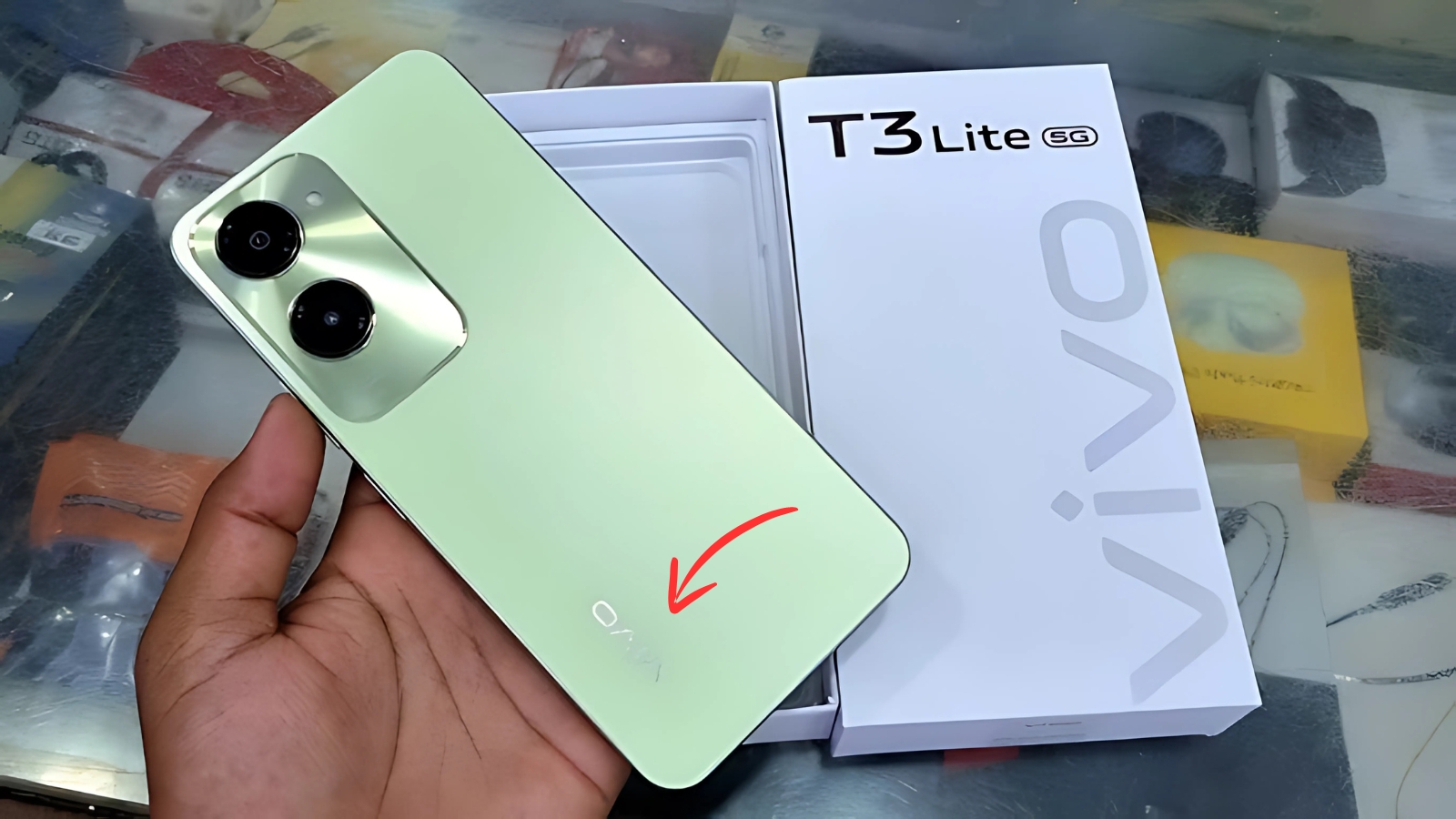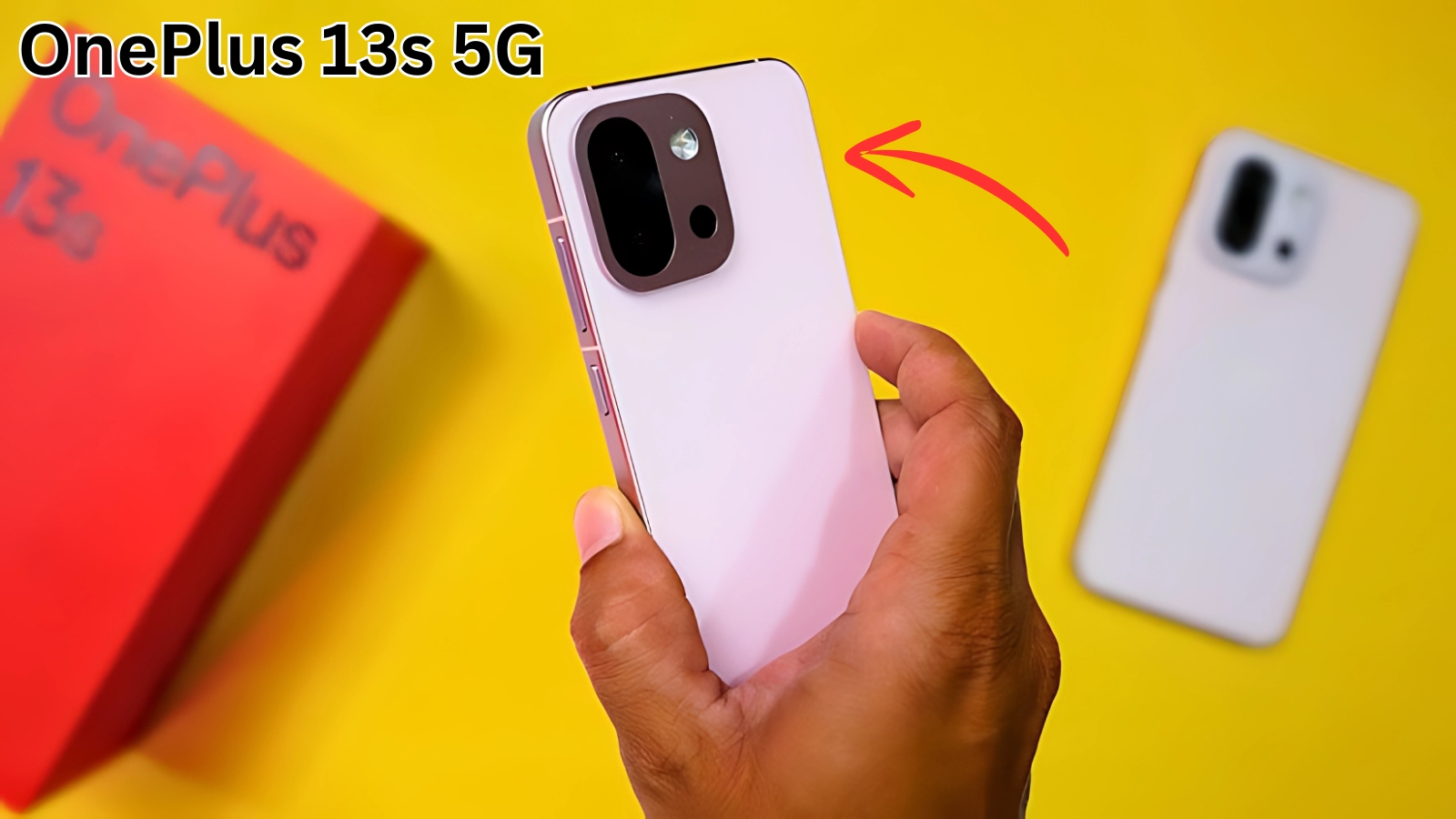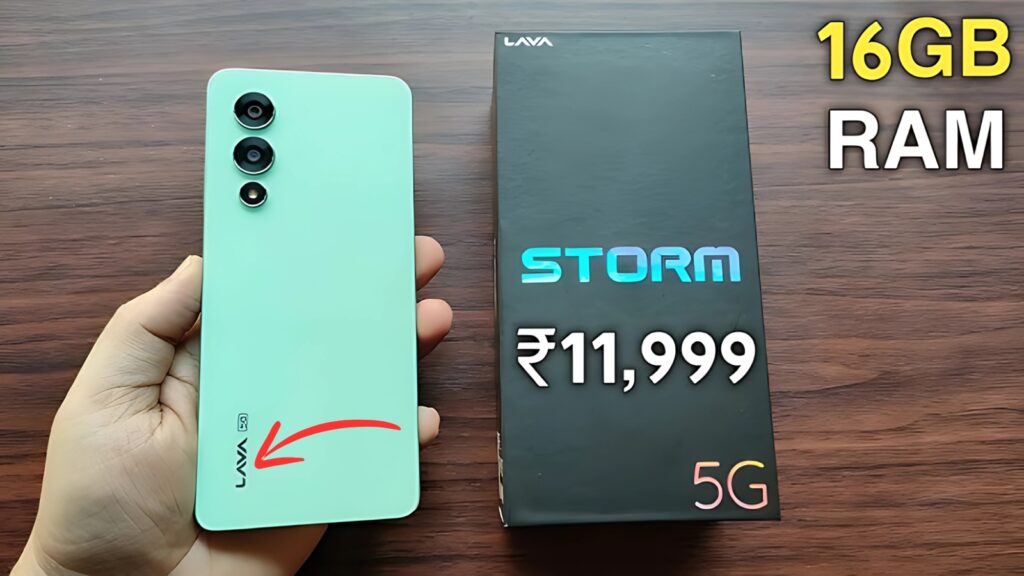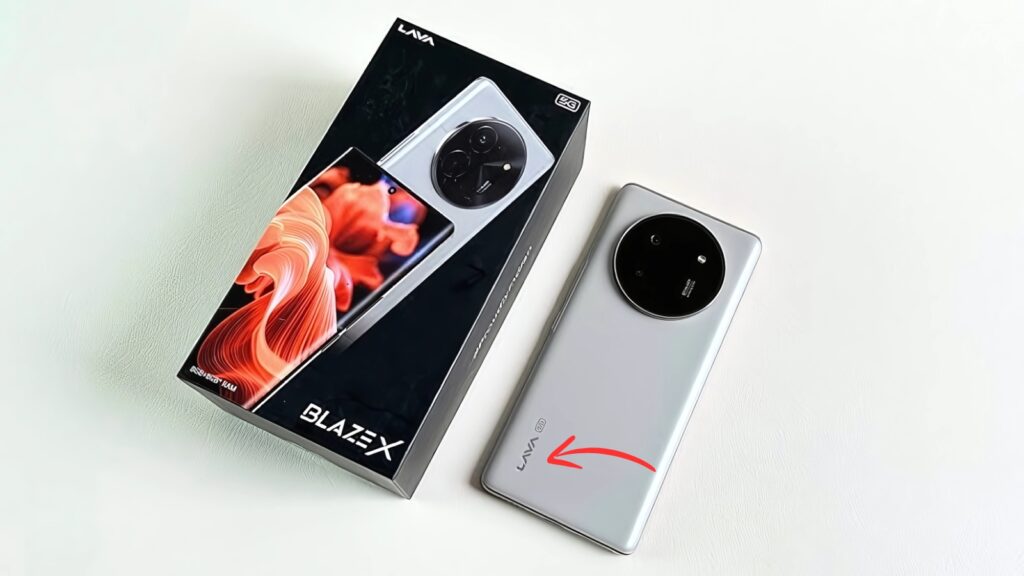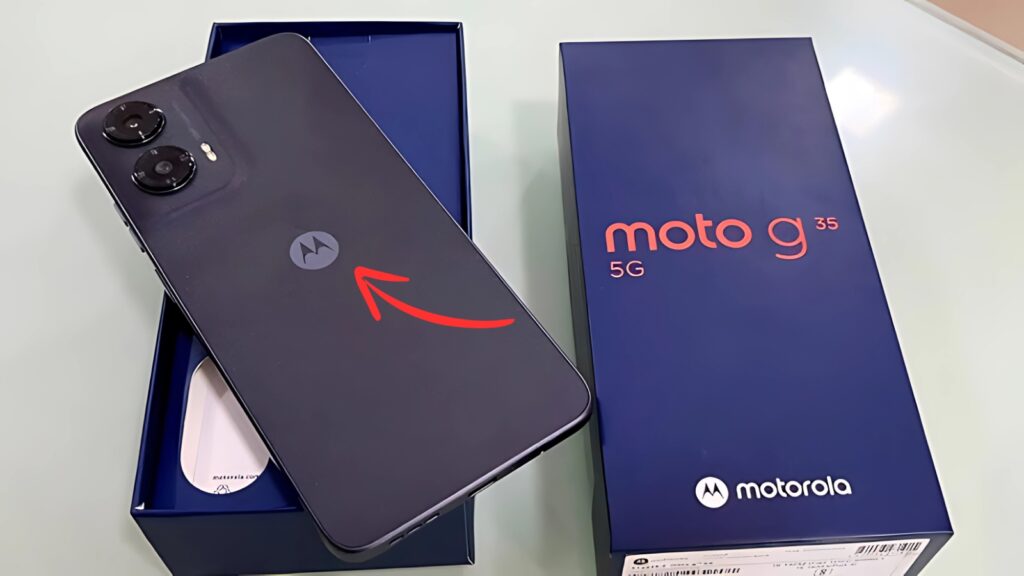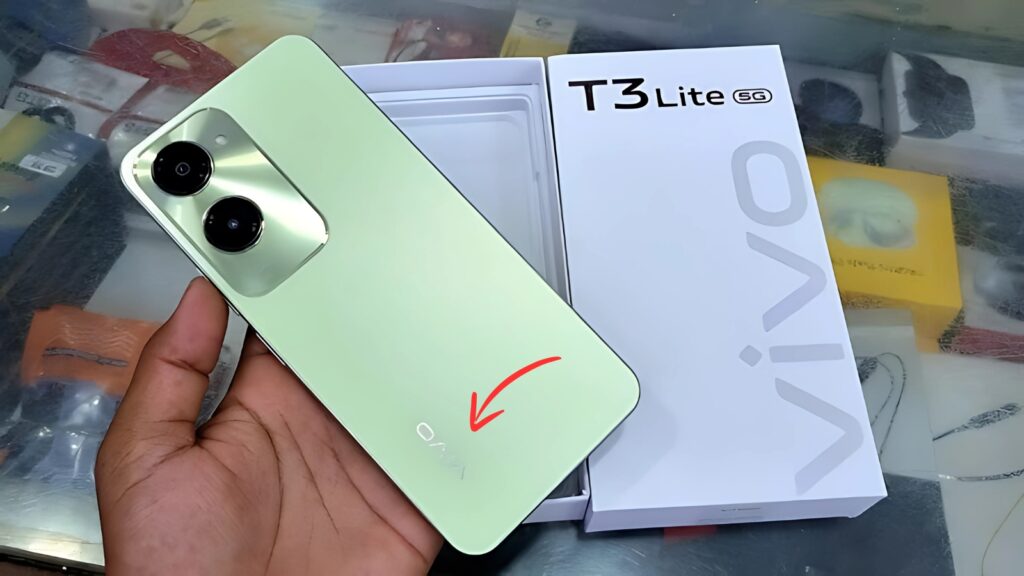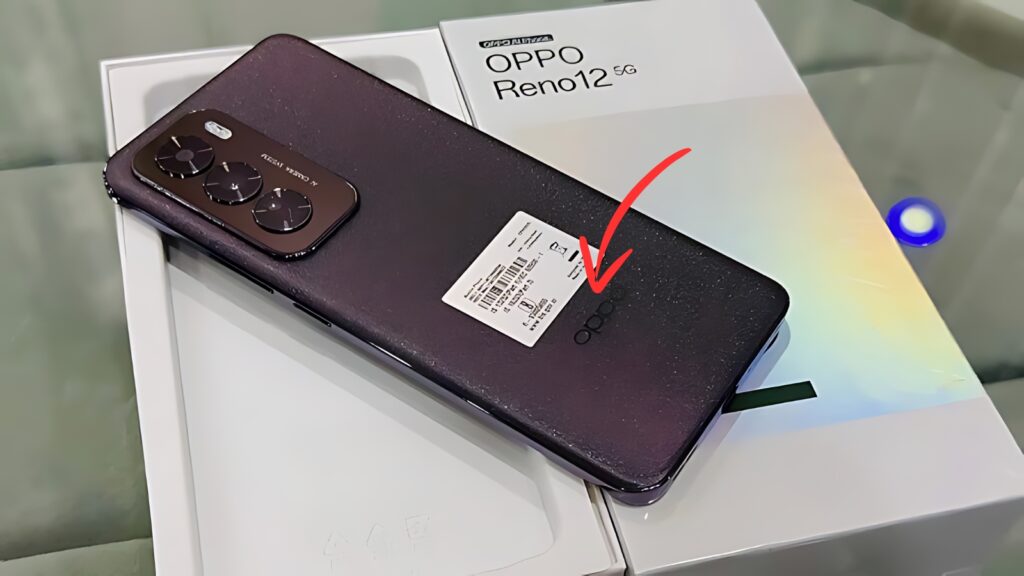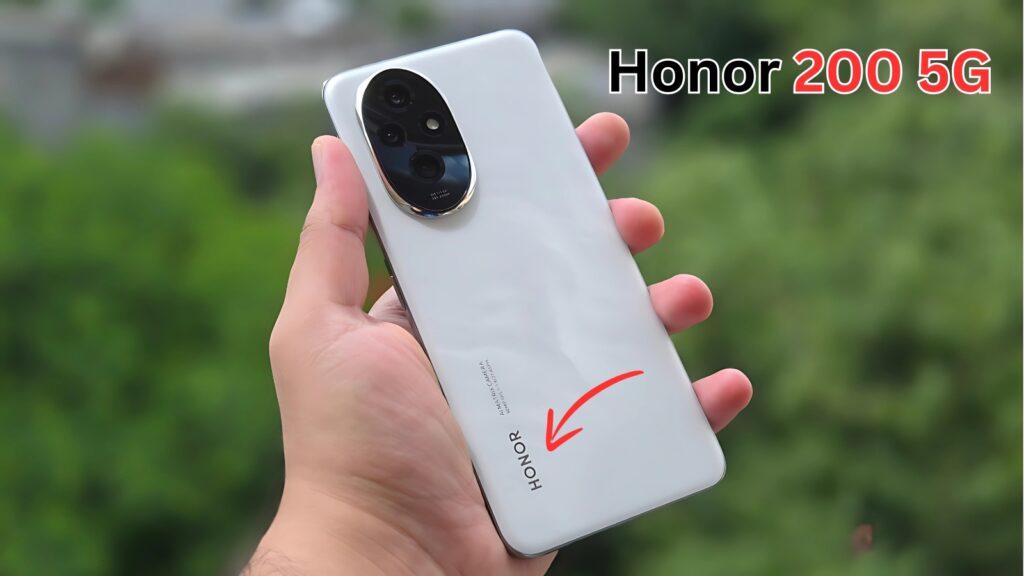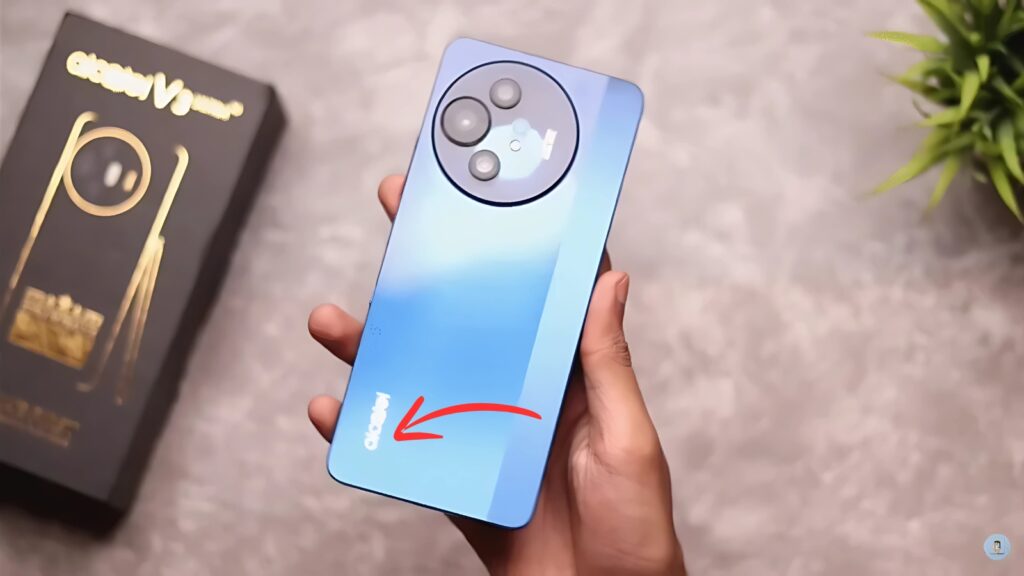Vivo Flying Drone : The smartphone industry stands on the brink of a revolutionary transformation as Vivo prepares to unveil what could be the most groundbreaking device in mobile photography history.
Imagine pulling out your phone, detaching its camera module, and watching it hover above you like a personal drone photographer.
This isn’t science fiction anymore – it’s the reality that Vivo’s flying camera phone promises to deliver, merging cutting-edge drone technology with professional-grade photography capabilities that would make even DSLR users take notice.
Breaking the Boundaries of Mobile Photography
In an era where smartphone cameras have already reached impressive heights with 200-megapixel sensors and AI-powered computational photography, Vivo dares to ask: what if the camera could literally fly?
The concept originated from a patent filed by the Chinese tech giant, showcasing a detachable camera module equipped with four miniature propellers capable of autonomous flight.
This radical departure from traditional smartphone design represents more than just a gimmick – it’s a fundamental reimagining of how we capture moments.
The flying camera module addresses limitations that have plagued mobile photography since its inception. Group selfies no longer require awkward arm extensions or selfie sticks.
Aerial photography becomes accessible without expensive drone equipment. Creative angles previously impossible with handheld devices suddenly become routine.
For content creators, travel enthusiasts, and photography professionals, this technology opens doors that conventional smartphones simply cannot unlock.
Technical Marvel: The Engineering Behind the Magic
At the heart of this revolutionary device lies a quad-camera system that rivals professional equipment.
The primary sensor boasts an astounding 200-megapixel resolution, utilizing Zeiss optics renowned for their clarity and precision.
Accompanying this powerhouse are a 108-megapixel telephoto lens offering unprecedented zoom capabilities, a 50-megapixel ultra-wide sensor for expansive landscapes, and a 25-megapixel macro shooter for intricate detail work.
Even the front-facing camera impresses with its 64-megapixel sensor, ensuring selfies match the quality of rear camera shots.
The detachable drone module incorporates its own battery system, allowing extended flight times without draining the phone’s main power source.
Three infrared proximity sensors work in tandem to prevent collisions, creating an invisible safety bubble around the flying camera.
The engineering challenge of miniaturizing drone technology while maintaining stability and image quality represents years of research and development, resulting in a module that weighs mere grams yet delivers professional-grade results.
Display and Performance That Matches the Innovation
Supporting this photographic prowess is a display that does justice to the captured content. The 7-inch OLED screen pushes boundaries with 4K resolution and a buttery-smooth 160Hz refresh rate.
TÜV Rheinland certification ensures eye comfort during extended viewing sessions, while the expansive screen real estate provides an ideal canvas for photo editing and video playback.
This isn’t just a camera with phone capabilities – it’s a complete multimedia powerhouse designed for creators who demand excellence.
Under the hood, the Qualcomm Snapdragon 8 Elite chipset orchestrates this technological symphony.
This flagship processor handles the complex calculations required for drone stabilization, real-time image processing, and AI-enhanced photography without breaking a sweat.
Paired with configurations offering up to 18GB of RAM and 512GB of storage, the device ensures smooth multitasking and ample space for high-resolution content creation.
Power Management: Keeping Innovation Airborne
Battery anxiety becomes a thing of the past with the massive 6,900mAh power cell nestled within the sleek chassis.
But capacity alone doesn’t tell the whole story – the implementation of 180W fast charging technology means going from empty to full in minutes rather than hours.
This combination ensures that whether you’re capturing aerial footage at a music festival or documenting a day-long adventure, power limitations won’t clip your creative wings.
The intelligent power management system prioritizes efficiency, allocating resources between the main device and the flying module seamlessly.
When docked, the drone camera charges simultaneously with the phone, ensuring both components remain ready for action.
Wireless charging support adds convenience for desktop use, turning the device into a sophisticated webcam for video calls or streaming sessions.
Software Intelligence: AI That Understands Your Vision
Running Android 13 with Vivo’s custom optimizations, the software experience matches the hardware innovation.
The camera app leverages advanced AI algorithms to recognize scenes, adjust settings, and even suggest creative compositions.
HDR processing happens in real-time, delivering balanced exposures even in challenging lighting conditions.
The 20x zoom capability combines optical and digital technologies, maintaining clarity at distances that would leave competitors pixelated.
Video capabilities deserve special mention, with 8K recording at 30fps and 4K at an impressive 120fps for ultra-smooth slow-motion footage.
Electronic image stabilization works alongside the drone’s physical gimbal system, producing footage so steady it rivals professional equipment.
Features like object tracking allow the flying camera to follow subjects autonomously, creating dynamic shots that would typically require a dedicated camera operator.
Market Positioning and Availability
With an expected launch price ranging from $799 in the United States to ₹63,999 in India, Vivo positions this device firmly in the premium segment.
This pricing strategy acknowledges that early adopters and technology enthusiasts will drive initial sales, with broader market adoption following as production scales and costs decrease.
The device targets content creators, vloggers, travel photographers, and tech enthusiasts who value innovation and are willing to invest in cutting-edge technology.
Launch timelines remain fluid, with various sources suggesting dates ranging from March 2025 to early 2027. This extended window reflects the complexity of bringing such revolutionary technology to market.
Regulatory approvals for the flying mechanism, safety certifications, and production scaling all contribute to the timeline uncertainty.
However, the anticipation building around this device suggests that whenever it launches, demand will be substantial.
Real-World Applications: Beyond the Wow Factor
The practical applications extend far beyond novelty value. Real estate agents could capture property tours from unique angles without hiring drone operators.
Wedding photographers could document ceremonies from perspectives previously requiring expensive equipment and specialized operators.
Social media influencers could create content that stands out in increasingly crowded feeds. Even everyday users benefit from features like automatic group photo framing and hands-free video calls.
Safety features built into the system prevent the module from flying beyond a predetermined range, ensuring it remains connected to the phone and returns automatically when battery runs low.
The companion app allows precise control over flight patterns, enabling pre-programmed routes for consistent shots across multiple takes.
These thoughtful additions transform what could be a gimmick into a genuinely useful tool.
Competition and Industry Impact
While Samsung, Apple, and Google continue iterating on traditional smartphone cameras with impressive results, Vivo’s flying camera represents a paradigm shift.
It’s not about adding more megapixels or improving low-light performance incrementally – it’s about fundamentally changing what a smartphone camera can do.
This bold move could force competitors to accelerate their own innovation cycles, benefiting consumers across the board.
The success of this device could spawn an entirely new category of “drone phones,” much like Samsung’s Galaxy Note created the phablet category years ago.
Patent filings from other manufacturers suggest similar concepts are under development, indicating industry recognition of the potential this technology represents.
Challenges and Considerations
Despite the excitement, practical challenges remain. Battery life for the flying module will likely be limited to minutes rather than hours. Wind resistance and weather sealing present engineering hurdles.
Privacy concerns around flying cameras in public spaces need addressing through both technology and policy.
The learning curve for effectively utilizing such advanced features may intimidate some users accustomed to point-and-shoot simplicity.
Durability concerns also loom large – a dropped phone is bad enough, but a crashed flying module adds another dimension of potential damage.
Vivo will need robust protection systems and possibly innovative insurance options to address consumer concerns about their investment’s fragility.
The Future Takes Flight
As we stand at the threshold of this new era in mobile photography, Vivo’s flying drone camera phone represents more than just technological advancement – it symbolizes humanity’s endless creativity in solving problems we didn’t know we had.
Whether capturing memories from impossible angles or revolutionizing content creation, this device promises to change how we document our lives.
The convergence of smartphone technology, drone capabilities, and professional photography equipment in a single device marks a watershed moment.
While skeptics may question the practicality, history shows that today’s novelty often becomes tomorrow’s necessity.
As Vivo prepares to launch this groundbreaking device, one thing becomes clear: the future of smartphone photography isn’t just about better sensors or smarter software – it’s about breaking free from the constraints of handheld photography entirely. The sky, quite literally, is no longer the limit.
